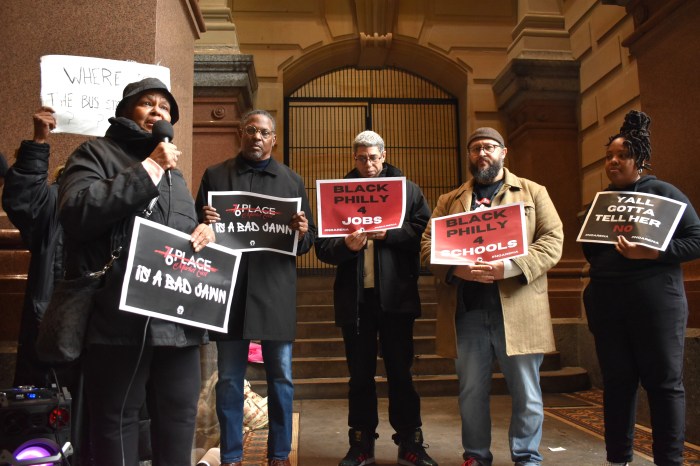By Susan Cornwell
U.S. Democrats are discussing using reconciliation, an arcane Senate procedural tool, to enact President Joe Biden’s ambitious infrastructure plans, going beyond fixing roads and bridges to fighting climate change and caring for children and the elderly.
The party, which holds the thinnest-possible Senate majority, in the coming weeks intends to use the maneuver to pass the parts of Biden’s infrastructure program that don’t attract bipartisan support.
WHAT IS RECONCILIATION?
It’s not like it sounds, what happens when opponents settle their differences. It’s rather the opposite: an instrument for the Senate majority to ram through legislative priorities over minority opposition.
The reconciliation procedure enables the 100-member Senate to pass measures with a simple majority vote, instead of the 60 votes required by Senate rules to stop debates known as “filibusters.” That means Democrats, who currently have 50 Senate seats, can stop trying to get at least 10 Republicans to vote with them. Democratic Vice President Kamala Harris can break a tie, giving the party a majority.
WHEN AND WHY WAS RECONCILIATION CREATED?
Reconciliation came into being as part of the Congressional Budget Act of 1974. It was designed to enable lawmakers to adjust spending or revenues to comply with a budget blueprint, without supermajority support.
The law was one of several Congress passed in the 1970s establishing exceptions to the 60-vote filibuster rule, said Sarah Binder, a political science professor at George Washington University. Others included fast-track procedures for Congress to approve trade agreements, or to limit the president’s ability to commit troops overseas.

HOW HAS RECONCILIATION BEEN USED?
Reconciliation has become a favored route to enable a president to pass trademark legislation, without having to get 60 votes in the Senate. It has been used over 20 times since 1980.
Former President Bill Clinton, a Democrat, used reconciliation to raise taxes; Republicans George W. Bush and Donald Trump used it to cut them. Barack Obama, a Democrat, used it to help create the Affordable Care Act, also known as Obamacare.
Biden has already used reconciliation to pass a $1.9 trillion COVID-19 aid package.
But majority parties can’t use the process all the time. Legislation has to have a direct budgetary impact to qualify. And reconciliation generally has not been utilized more than once a year. Some current Democrats considered trying it more often, but recent guidance by the Senate parliamentarian reportedly discouraged that idea.
Biden’s Democrats can use reconciliation again this calendar year because their previous use was connected to the fiscal 2021 budget; now they will switch to preparing the fiscal 2022 budget.
HOW DOES RECONCILIATION WORK?
First, the House and Senate pass budget resolutions with “reconciliation instructions” for committees. These directives tell committees to draft legislation embodying the program to be passed through reconciliation.
The committee efforts are then loaded into one reconciliation bill. The Senate parliamentarian can identify items that should be stripped out because they look more like regulatory initiatives than fiscal matters. This happened in February when the parliamentarian ruled a $15-an-hour federal minimum wage should not be included in the COVID-19 aid reconciliation bill.
Generally the parliamentarian’s rulings are respected by the majority. Senators can challenge a ruling, but would need 60 votes to overturn it.
Before the final Senate vote there’s a session called the “vote-a-rama” in which amendments can be offered endlessly. This continues until the parties agree to stop.
PARTY UNITY REQUIRED AT THE FINISH LINE
In the end, the majority must stick together to pass the reconciliation bill. Democrats currently need all their members to stick together to pass one.
Last March, the COVID-19 aid package was held up for hours until centrist Democratic Senator Joe Manchin got changes he wanted in federal unemployment benefits. All eyes are again on Manchin with another reconciliation bill expected; he has only said he’s open to the idea. “We’re looking at everything.”
Reuters































